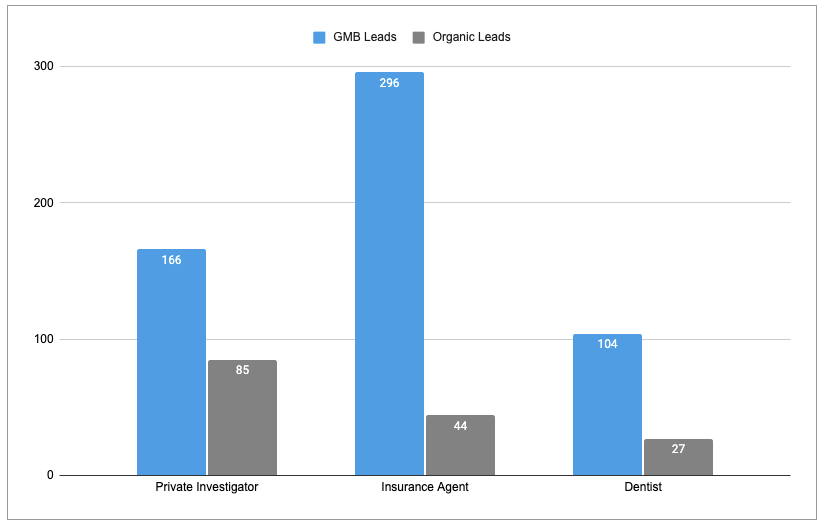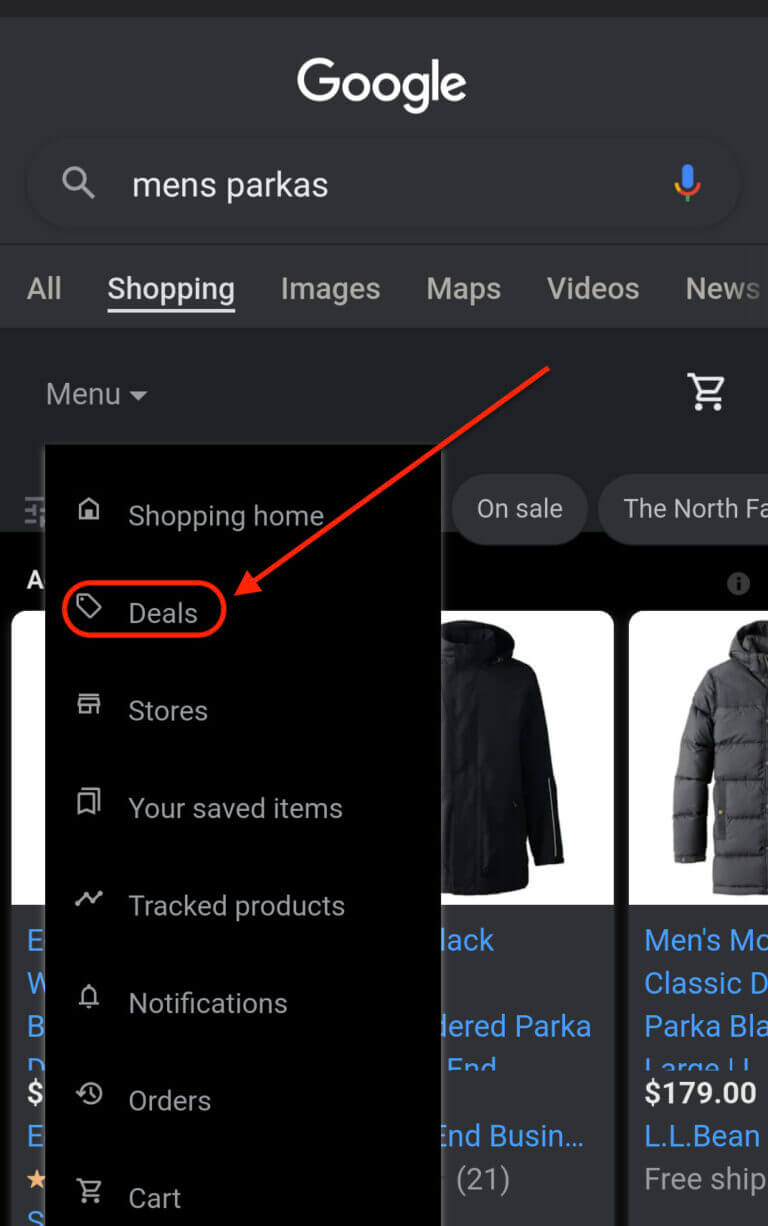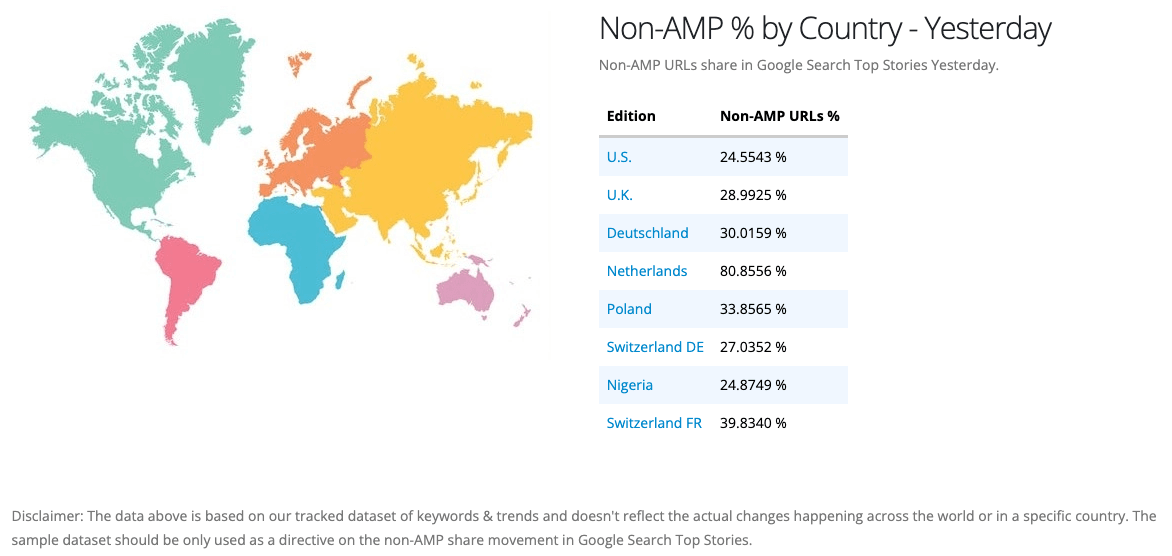Local Memo: What Facebook’s New Name Signals About Its Future
In this week’s update, learn about Facebook’s new name; GMB as a source of local leads; the new Deals feed in Google Shopping; AMP’s uncertain future; the mixed impact of Core Web Vitals; and Instagram’s new tools for creators.
What Facebook’s New Name Signals About Its Future
Just as Google dubbed its corporate entity Alphabet, Inc. in 2015, Facebook has announced a new name, Meta, for the umbrella corporation whose properties will be divided into two groups: a “Family of Apps” which includes Facebook, Messenger, Instagram, and WhatsApp, and “Reality Labs,” which will cover the company’s existing AR and VR technologies (such as Oculus) as well as emerging tech initiatives. The company’s stock symbol will change from FB to MVRS on December 1.
The stock symbol is short for “metaverse,” and so is the new corporate name. “From now on,” Mark Zuckerberg wrote in last week’s founder’s letter, “we will be metaverse-first, not Facebook-first.” The digital communication platform of the future, he wrote, will be an “embodied internet” called the metaverse, where you will interact with realistic, believable holograms of people and things, collapsing distance and reducing our dependence on manufactured physical objects.
This sounds a bit like the future and a bit like the science fiction past of visionary writers like Neal Stephenson, William Gibson, and Aldous Huxley, minus the dystopia. Many, of course, are suggesting that the company’s redirection is intended to compartmentalize and mitigate the recent controversies surrounding Facebook and Instagram. This is a fair point of speculation, but it doesn’t necessarily invalidate Zuckerberg’s vision of melding social networking with virtual reality. Time will tell if Meta can manifest this vision.
GMB Drives More Local Leads Than Organic Search
In a new study, Joy Hawkins finds that for small businesses, Google My Business drives more leads than any other digital channel, including organic search. “Leads” for the purposes of the study include phone calls, chat sessions, and contact form submissions. Hawkins also finds that the number of leads generated by GMB has grown substantially in the last three years. Organic leads have grown as well, but remain lower in volume than leads driven by GMB. Hawkins notes that when using GMB Insights to track phone calls, it’s important to remember that Google only tracks clicks to call from mobile phones; to get a full picture of GMB call volumes it’s necessary to use tracking numbers.

Courtesy Sterling Sky
New Deals Feed Launched in Google Shopping
Google has announced a new Deals feed in Google Shopping that will make it easier for consumers to find retailers offering special deals and for retailers to showcase them. The new feed can be accessed by searching for “deals” or deal-related terms like “Black Friday,” or by selecting Deals from the Shopping drop-down menu. Deals may include special sales or promotions as well as temporary price drops. Merchants who configure any of these in the Merchant Center will be able to see which of their products are eligible to be highlighted with a new Deals badge. Merchant Center analytics will now display impressions, clicks, and CTR for products carrying the Deals badge.
Consumers may also encounter deals recommended for them in standard Shopping search results. The new Deals functionality extends Google’s strategy to appeal to retailers as we begin the holiday shopping season — a potentially winning proposition given that Google does not charge any transaction fees, unlike Amazon or eBay.

Image courtesy Search Engine Land
The Uncertain Future of AMP
The ongoing antitrust action brought against Google by 17 state attorneys general has produced the allegation that Google artificially slowed down competitive websites in order to boost the prominence and ad revenue of Google-controlled accelerated mobile pages (AMP). The news comes in the wake of Google’s earlier announcements, provided in parallel with this summer’s Page Experience update, that web pages no longer needed to be AMP compliant in order to compete for high-ranking placement in the Top Stories section of mobile search results. Instead, Google said, it would begin to take Page Experience scores into account and promote pages whose load times were acceptable, whether or not those pages followed the AMP standard.
Indeed, studies have shown that around 25% of Top Stories content in the U.S. now comes from non-AMP pages. However, the potential to compete with AMP and the (as yet unproven) allegations against Google do not necessarily spell AMP’s demise. It remains a useful standard for attaining fast page speeds and strong mobile rankings, and some publishers will not have the resources to make a major pivot away from AMP anytime in the near future. Though its long term prognosis is uncertain, for the time being AMP will likely stick around, contrary to some expectations as we awaited the impact of the Page Experience update.

Courtesy NewzDash / Search Engine Land
The Mixed Impact of Core Web Vitals
Google created a major stir with its announcement of the aforementioned Page Experience update more than a year ahead of launch, giving SEOs plenty of time to worry about the impact of the new Core Web Vitals (CWV) metrics that would place more emphasis on mobile page load and user experience. Understandably, many SEOs poured significant time and resources into revamping their sites to perform well under the new standard. Now, some are wondering if it was worth the trouble.
To be fair, Google made several clear statements in advance about the modest impact the update would have, saying that “sites generally should not expect drastic changes.” Still, many SEOs were disappointed that sites with poor CWV scores did not see a ranking boost when work was put into improving their performance. Part of the problem is that so many ranking algorithm updates have been crowded together this year that it’s nearly impossible to identify the root cause of any changes.
But ranking is not the only performance metric that matters. Other SEOs have discovered that CWV improvements have had a significant impact on conversion-oriented metrics such as impressions and clicks, suggesting that improving user experience can greatly boost your site’s ability to convert.
Page Speed and CWVs created these increases
This past 3 months compared to same time last year. pic.twitter.com/iojnwJMvFz— Kristine Schachinger (@schachin) October 25, 2021
Instagram’s New Monetization Tools for Creators
Instagram is offering content creators some new tools to help monetize their efforts, such as a Partnerships messaging folder for communicating with brands and marketers and a stronger integration between Instagram and Facebook’s Brand Collabs Manager. The latter will make it easier for brands that use Facebook to schedule campaigns to include Instagram creators. Instagram is also testing storefronts for creators, where they will be able to showcase products from the brands they promote, as well as branded content ads within Reels.
Subscribe to Local Memo!
Signup to receive Local memo updates and the latest on localized marketing, delivered weekly to your inbox.